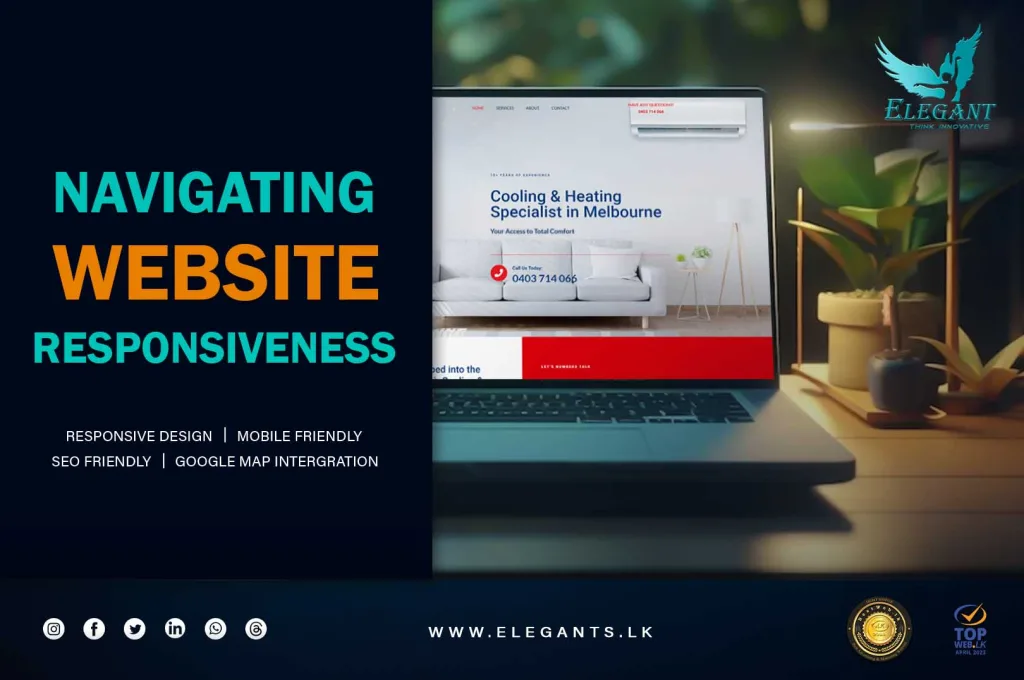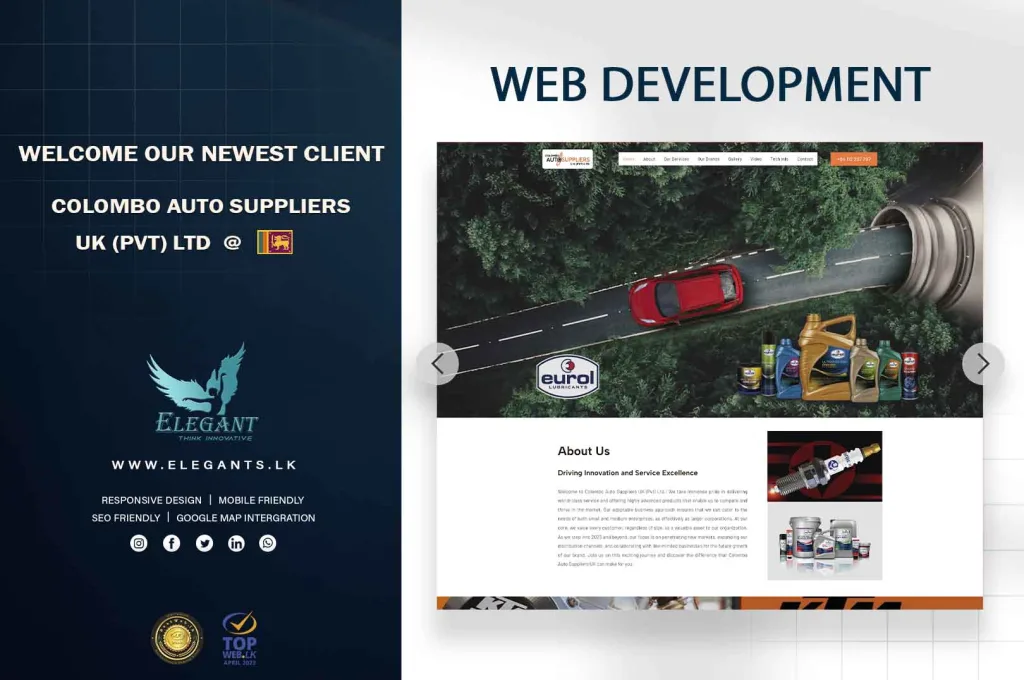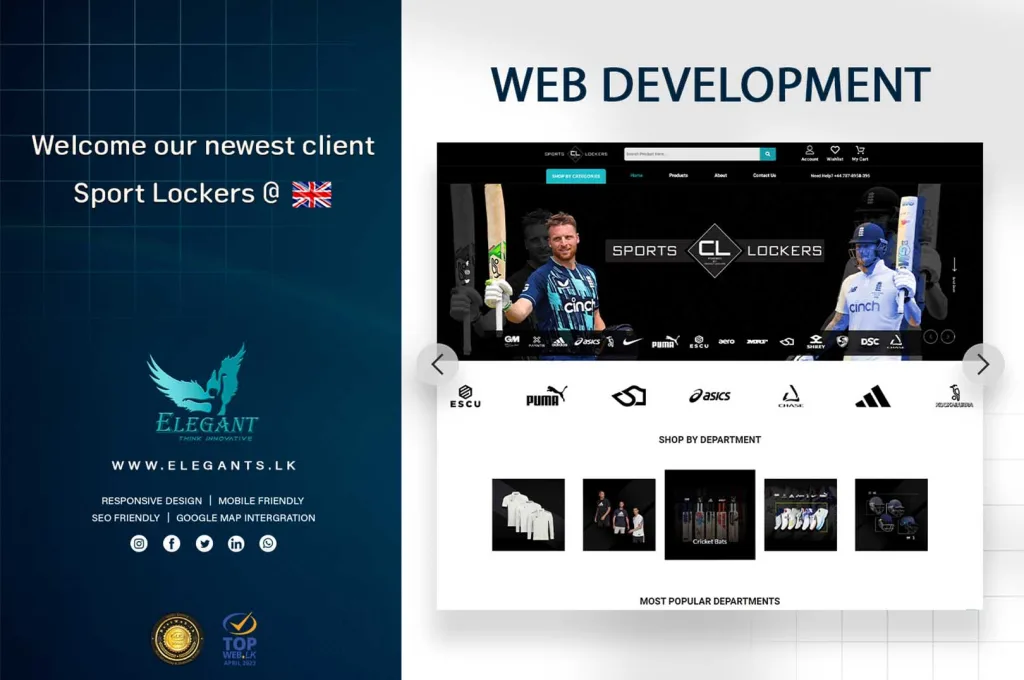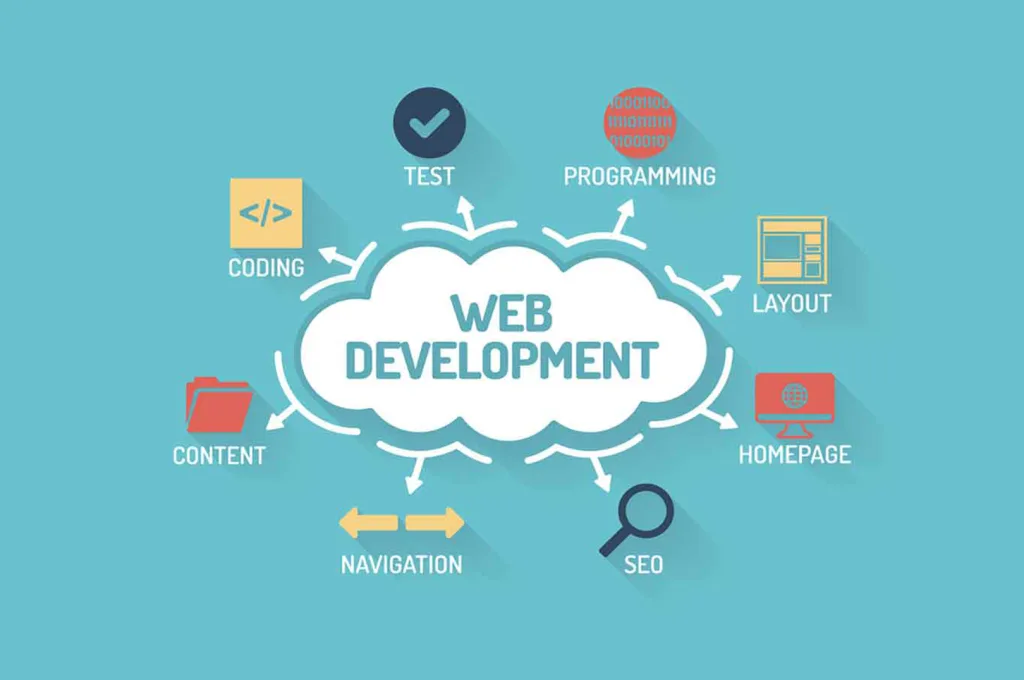How to Optimize Your Website for Local Search
How to Optimize Your Website for Local Search
Introduction
If you’re looking to increase your website’s visibility in local search results, then you’ve come to the right place. Optimizing your website for local search is an important part of any digital marketing strategy. Local search optimization helps you reach potential customers in your area, and can be a great way to increase your website’s visibility and traffic. In this guide, we’ll discuss the basics of local search optimization and provide tips on how to optimize your website for local search. We’ll also discuss the importance of local SEO and how it can help you reach more customers in your area. By the end of this guide, you’ll have a better understanding of how to optimize your website for local search and how to use local SEO to your advantage.
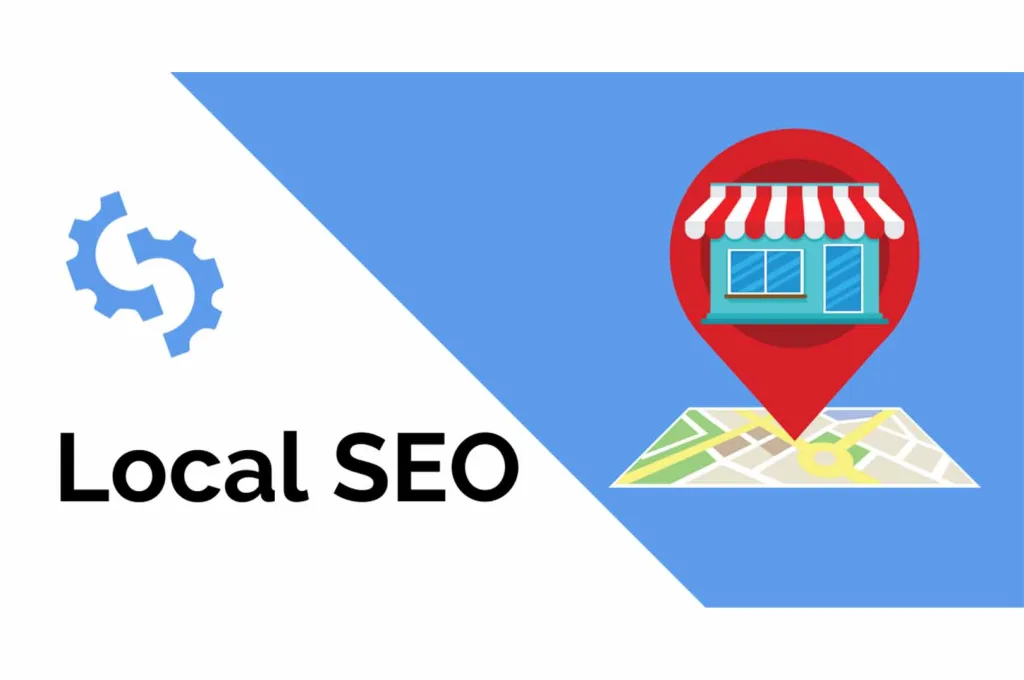
How to Use Local Keywords to Optimize Your Website for Local Search
Local keyword optimization is an important part of any website’s search engine optimization (SEO) strategy. By optimizing for local keywords, you can ensure that your website is more visible to local customers and potential customers. Here are some tips for optimizing your website for local search using local keywords.
1. Identify Your Target Audience: Before you can begin optimizing your website for local search, you need to identify your target audience. Consider the geographic area you are targeting, as well as the type of customers you are trying to reach. This will help you determine the most relevant local keywords to use.
2. Research Local Keywords: Once you have identified your target audience, you can begin researching local keywords. Use keyword research tools such as Google AdWords Keyword Planner to identify the most popular local keywords related to your business.
3. Incorporate Local Keywords into Your Content: Once you have identified the most relevant local keywords, you can begin incorporating them into your website’s content. Make sure to include local keywords in your page titles, meta descriptions, headings, and body content.
4. Optimize Your Website for Local Search Engines: In addition to optimizing your website for local keywords, you should also optimize your website for local search engines. This includes submitting your website to local directories and search engines, as well as optimizing your website for local search engine algorithms.
By following these tips, you can ensure that your website is optimized for local search and more visible to local customers and potential customers. Local keyword optimization is an important part of any website’s SEO strategy, and by following these tips, you can ensure that your website is optimized for local search.
How to Leverage Local Citations to Improve Your Website’s Local Search Rankings
Local citations are an important part of any local SEO strategy. They are references to your business’s name, address, and phone number (NAP) on other websites. These citations help search engines understand that your business is located in a certain area and can help improve your website’s local search rankings.
Here are some tips to help you leverage local citations to improve your website’s local search rankings:
1. Make sure your NAP is consistent. It’s important to make sure that your business’s name, address, and phone number are consistent across all of your citations. This will help search engines understand that your business is located in a certain area and will help improve your website’s local search rankings.
2. Claim your business listings. Make sure to claim your business listings on popular websites such as Google My Business, Yelp, and Bing Places. This will help ensure that your business’s NAP is consistent across all of these websites and will help improve your website’s local search rankings.
3. Get listed in local directories. Make sure to get your business listed in local directories such as Yellow Pages and Superpages. This will help ensure that your business is visible to potential customers in your area and will help improve your website’s local search rankings.
4. Monitor your citations. It’s important to monitor your citations to make sure that they are accurate and up-to-date. This will help ensure that your business’s NAP is consistent across all of your citations and will help improve your website’s local search rankings.
By following these tips, you can leverage local citations to improve your website’s local search rankings. This will help ensure that your business is visible to potential customers in your area and will help you get more customers.
How to Optimize Your Website for Local Search Engines
Optimizing your website for local search engines is an important step in ensuring that your business is visible to potential customers in your area. By following the steps outlined below, you can ensure that your website is properly optimized for local search engine results.
1. Include Your Location in Your Website Content: Make sure to include your city, state, and zip code in the content of your website. This will help search engines identify your business as being local.
2. Create a Local Business Profile: Create a local business profile on popular search engines such as Google My Business and Bing Places for Business. This will help search engines recognize your business as being local and will also provide potential customers with important information about your business such as hours of operation, contact information, and reviews.
3. Utilize Local Keywords: Incorporate local keywords into your website content. This will help search engines identify your website as being relevant to local searches.
4. Get Listed in Local Directories: Get your business listed in local directories such as Yelp and Yellow Pages. This will help search engines recognize your business as being local and will also provide potential customers with important information about your business.
5. Optimize Your Website for Mobile: Make sure your website is optimized for mobile devices. This will help ensure that potential customers can easily access your website from their mobile devices.
By following these steps, you can ensure that your website is properly optimized for local search engine results. This will help ensure that your business is visible to potential customers in your area and will help you reach more customers.
How to Create a Local SEO Strategy for Your Website
Creating a local SEO strategy for your website is an important step in ensuring that your business is visible to potential customers in your area. By optimizing your website for local search engine results, you can increase your visibility and reach more customers. Here are some tips for creating a successful local SEO strategy for your website.
1. Research Your Local Market: Before you start optimizing your website for local SEO, it is important to understand the local market. Research the local competition and identify the keywords and phrases that are most commonly used in your area. This will help you create content that is tailored to your local market.
2. Optimize Your Website: Once you have identified the keywords and phrases that are most relevant to your local market, you can start optimizing your website for local SEO. This includes optimizing your website’s title tags, meta descriptions, and content for the keywords and phrases you have identified. You should also make sure that your website is mobile-friendly and that it loads quickly.
3. Create Local Content: Creating content that is tailored to your local market is an important part of local SEO. This includes creating blog posts, videos, and other content that is relevant to your local market. You should also include local keywords and phrases in your content to help boost your rankings in local search engine results.
4. Build Local Links: Link building is an important part of any SEO strategy, and it is especially important for local SEO. You should focus on building links from local websites and directories to help boost your rankings in local search engine results.
5. Monitor Your Results: Once you have implemented your local SEO strategy, it is important to monitor your results. This will help you identify any areas that need improvement and make adjustments to your strategy as needed.
By following these tips, you can create a successful local SEO strategy for your website. This will help you increase your visibility and reach more customers in your local area.
How to Use Google My Business to Boost Your Website’s Local Search Rankings
Google My Business (GMB) is a powerful tool for businesses looking to boost their local search rankings. GMB is a free service that allows businesses to create and manage their online presence across Google, including Google Search and Maps. By optimizing your GMB profile, you can increase your visibility in local search results and drive more customers to your website.
To get started, create a GMB profile for your business. You’ll need to provide basic information such as your business name, address, phone number, website, and hours of operation. You can also add photos, videos, and other content to your profile to make it more engaging.
Once your profile is set up, you can start optimizing it for local search. Start by adding relevant keywords to your profile. These should be related to your business and the services you offer. You can also add a description of your business and include links to your website and social media accounts.
Next, make sure your profile is up-to-date. Update your hours of operation, contact information, and any other relevant information. You should also respond to customer reviews and questions in a timely manner. This will help build trust with potential customers and show that you’re an active business.
Finally, use GMB’s Insights feature to track your performance. This will give you valuable insights into how customers are interacting with your profile and what content is resonating with them. You can use this data to refine your profile and make it more effective.
By optimizing your GMB profile and tracking your performance, you can boost your website’s local search rankings and drive more customers to your business.
Conclusion
In conclusion, optimizing your website for local search is an important step in increasing your visibility and reach in the local market. By following the steps outlined in this article, you can ensure that your website is properly optimized for local search and that your business is reaching its full potential. With the right strategies and tactics, you can make sure that your website is seen by the right people and that your business is successful in the local market.
Optimize your website for local search and get more customers! Take advantage of local SEO and get your business found online. Make sure your website is optimized for local search and start getting more customers today. Click here to learn more about how to optimize your website for local search.

